Luxury tin container...
Introduction to the forming process of metal box metal products
Forming is a production method that plastically deforms a solid while maintaining its quality and material properties.
According to DIN 8582, the production process can be classified into pressure forming, tension forming, tension forming,Bending forming and shear forming.
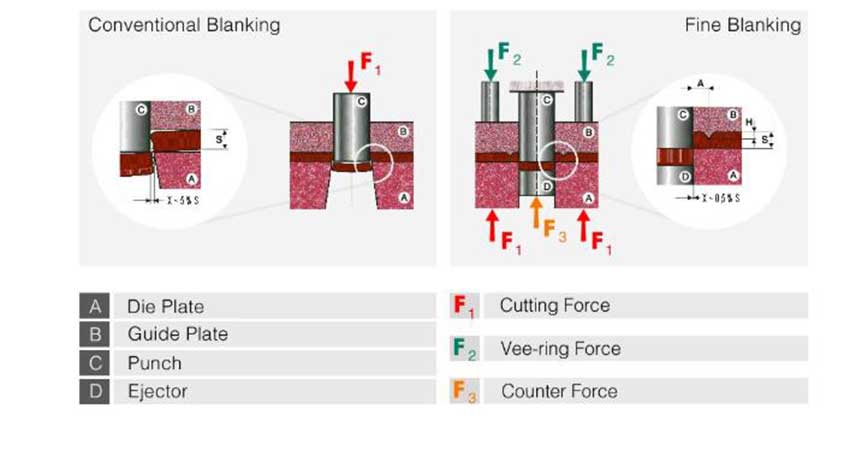
Metal box punching and forming
Blanking is also called shearing and blanking. It is a process in which the workpiece between the two blanking dies is divided by the opposite movement of the two blanking dies. The fixed die is also used as a part of the cutting edge Complete the entire cutting operation.
Shearing and punching is a single-stroke punching, which is a cut formed in a single stroke along the cutting line.
Metal box blanking is generally classified into rough blanking and fine blanking.
Rough blanking of metal box
In rough blanking, only 35%-70% of the metal thickness is punched. Due to the flow of metal, the remaining metal edges are torn off. Blanking
The cut edge of the blank section is much smoother than the torn edge.
Fine blanking of metal boxes
Fine blanking is also referred to as fine blanking. The process is similar to rough blanking. It uses tooth-shaped blank holders and counter-pressure plates to create a smooth, crack-free blanking surface.
Fine blanking 100% of the metal to be processed passes the blanking blade, resulting in a smooth and even cross-section on the entire cutting surface. Metal is separated due to flow and has no tearing surface, so it is generally used to provide high-quality metal box appearance and size control.
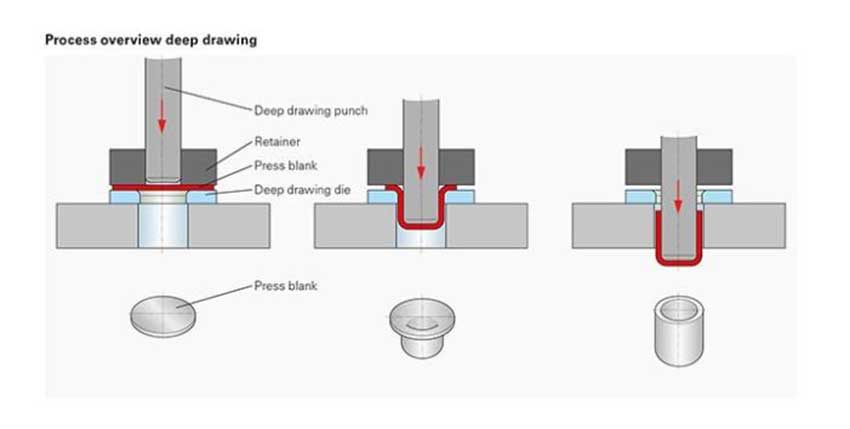
The deep drawing of a metal box can be simply described as a process in which a metal flat plate enters from the blank holder under the push of a punch, and is transformed from a flat blank into a three-dimensional shape, such as a can body, through a forming die.
The drawing of metal boxes is generally divided into the following 3 categories according to the scale:
Classification by drawing ratio
Medium drawing of metal box: 1.5-2.0
Deep drawing of metal box: >2.0
Shallow drawing of metal box: <1.5
In the operation of lower and middle scale, no or very small wall thinning is produced. In deep, medium and deep, the degree of barrel wall thinning is much higher than that of shallow drawing. If the barrel wall becomes thinner during the deep drawing process, this is called thinning and deep drawing. In the deep drawing process of the metal box, appropriately increasing the viscosity of the lubricant can extend the life of the mold. In actual production, some workpieces are formed by deep drawing at one time, and other workpieces need to be drawn and formed many times. This process is called re-drawing. Paraffin wax is often used as a lubricant.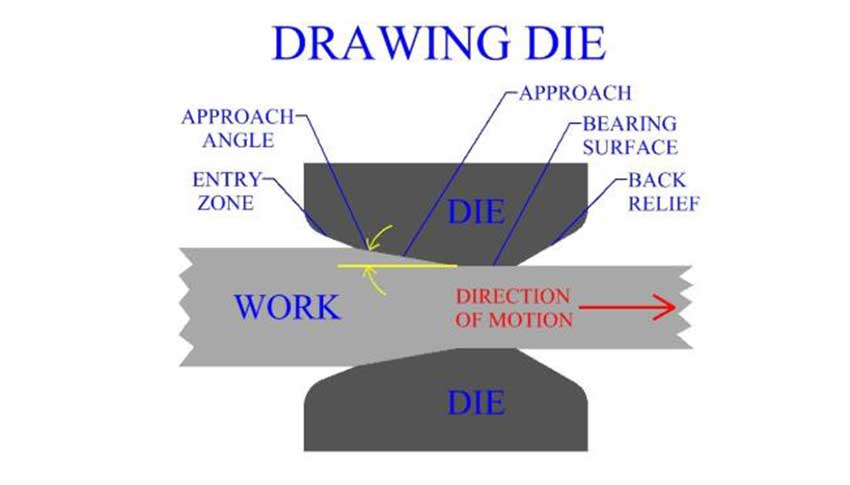
Drawing process of metal box
Wire drawing is a series of reduction dies for metal bars to obtain the required shape and size. Most of the drawn wires are
Cylindrical, flat and rectangular ones are also available.
Taking copper wire drawing as an example, wire drawing can be divided into 3 levels:
Big pull
China pull
Small pull
In general, the requirements for lubricants are the highest for billet drawing, which results in the greatest reduction. As the wire gets thinner and thinner, right
The requirement for lubrication is reduced, but the requirement for detergency is increased.
Metal box embossing
Imprinting is a pressure forming that uses a mold to enter the part of the workpiece, such as a common coin.
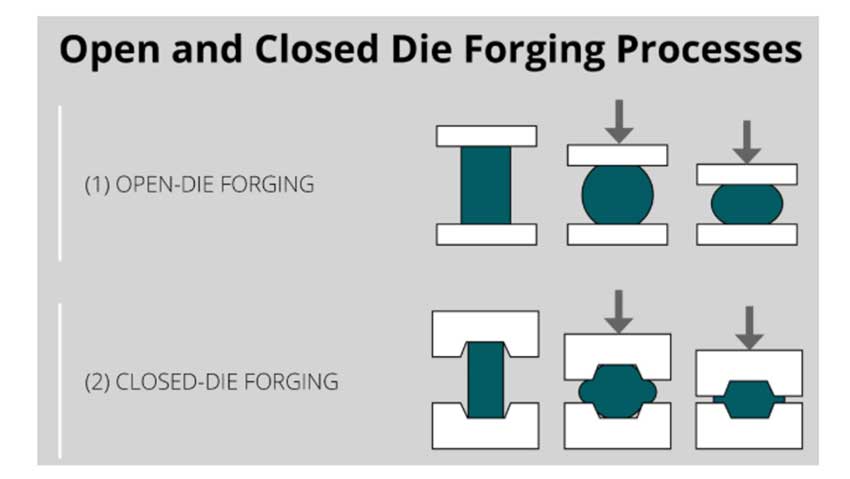
Metal box die forging
Die forging is pressure forming using forging dies that move relative to each other.
.jpg)



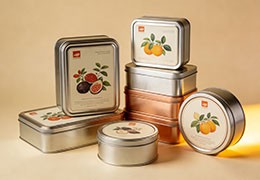
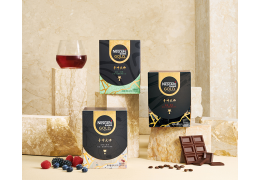

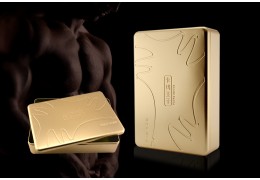






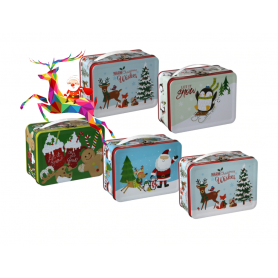
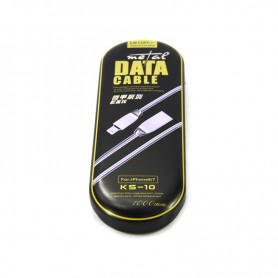
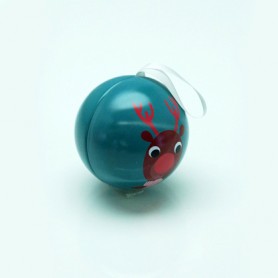

Latest comments